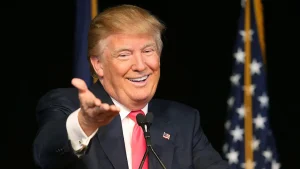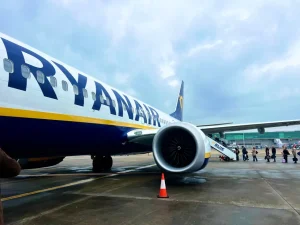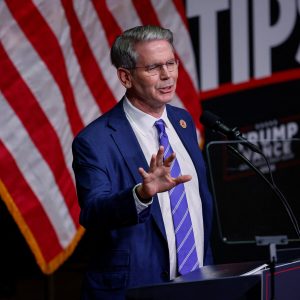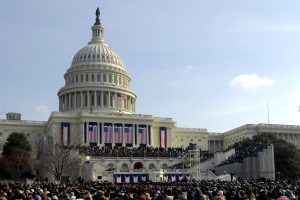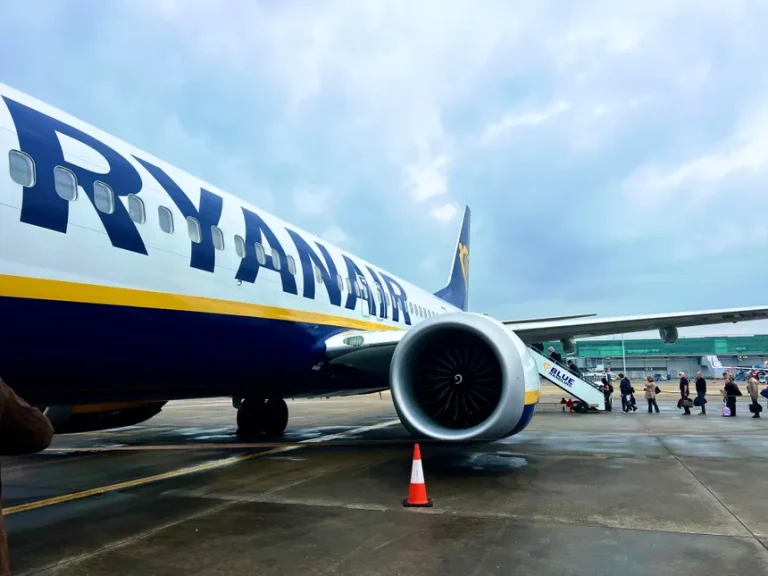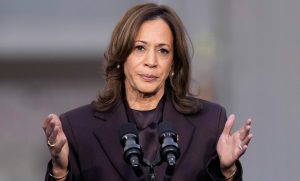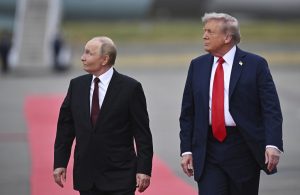A highly anticipated diplomatic meeting between two world leaders concluded without the concrete results many had hoped for, though moments of unexpected personal interaction revealed the complex dynamics at play in one of the most significant geopolitical challenges of our time.
The meeting, held on American soil in a location chosen for its symbolic proximity to Russia, brought together Presidents Donald Trump and Vladimir Putin for their first face-to-face encounter since Trump’s return to office. What transpired during their lengthy discussions has implications far beyond the immediate participants, potentially affecting the trajectory of an ongoing conflict that has reshaped global alliances and tested international resolve.
Despite more than three hours of intensive negotiations and what both leaders characterized as productive dialogue, the summit concluded without the breakthrough that many observers had anticipated. The absence of a concrete agreement, however, was overshadowed by revealing moments that offered insights into the personal dynamics between these two pivotal figures on the world stage.
The Alaska Setting: Strategic Symbolism
The choice of Alaska as the meeting location carried deep symbolic weight, with the state’s mainland sitting just 88 kilometers from Russia across the Bering Strait. Joint Base Elmendorf-Richardson in Anchorage provided the dramatic backdrop for what both sides acknowledged was an extraordinary display of diplomatic theater.
The summit began with carefully choreographed pageantry that underscored the significance of the moment. As both leaders arrived at the military base, they were greeted by a spectacular aerial display featuring F-35 fighter jets from Eielson Air Force Base and B-2 bombers from Missouri’s Whiteman Air Force Base. The military flyover served as a pointed reminder of American military capabilities, particularly given that B-2 bombers had recently been used in major operational strikes.
The two presidents met on a red carpet with U.S. fighter jets flying overhead, creating what former U.S. Ambassador to Russia John Sullivan described as “extraordinary stagecraft that the United States has put together for President Putin.” Sullivan noted the contrast with previous diplomatic meetings, emphasizing that this gathering represented something far more elaborate than typical bilateral summits.
The setting in Alaska also held practical significance. Kremlin aide Yuri Ushakov had described the Alaska location as “quite logical” for such an important summit, with the Russian delegation able to fly across the Bering Strait. This geographical proximity made the meeting more accessible for both sides while maintaining the symbolic importance of holding the talks on American territory.
The Long Road to This Moment
The Alaska summit represented the culmination of months of diplomatic maneuvering and escalating tensions. During the 2024 presidential election, Donald Trump had campaigned with a promise to end the Russia-Ukraine war as quickly as possible, preferably on “Day One,” though that ambitious timeline had long since passed.
The diplomatic process had begun in earnest with a surprise phone call between Trump and Putin on February 12, which kick-started peace negotiations for the first time since 2022. This was followed by meetings between U.S. Secretary of State Marco Rubio and Russian Foreign Minister Sergey Lavrov in Saudi Arabia, a neutral country that had been hosting diplomatic discussions.
Trump had initially set a 50-day deadline for Putin to agree to a ceasefire, later shortening it to 10-12 days due to what he described as a lack of progress in negotiations. The Alaska meeting was announced just one day before this deadline expired, with Trump apparently choosing to pursue direct diplomacy rather than immediately implementing the threatened sanctions.
U.S. special envoy Steve Witkoff had met with Putin in Moscow on August 6, just two days before Trump’s original deadline. Following that meeting, Trump stated there was a “good chance” that a face-to-face meeting with Putin would take place “very soon.”
The Substance of the Discussions
The first meeting between the leaders lasted nearly three hours, with both Trump and Putin accompanied by key advisers. On the American side, Trump was joined by Secretary of State Marco Rubio, special envoy Steve Witkoff, and a translator. The Russian delegation included Foreign Minister Sergey Lavrov, foreign policy adviser Yuri Ushakov, and a translator.
The Russian delegation also included Defence Minister Andrey Belousov, Finance Minister Anton Siluanov, and Special Presidential Envoy on Foreign Investment and Economic Cooperation Kirill Dmitriev, indicating the broad scope of issues under discussion.
The talks focused primarily on finding a path to end the ongoing conflict in Ukraine, though Moscow had also suggested that arms control and economic cooperation could be on the agenda. Both leaders emerged from the discussions characterizing them as productive, though neither provided specific details about the substance of their negotiations.
Trump described the meeting as “extremely productive,” noting that “many points were agreed to, and there are just a very few that are left.” He indicated that while some remaining issues were “not that significant,” there was “one [that] is probably the most significant.”
Through a translator, Putin described the negotiations as “thorough” and “quite useful,” conducted in “a constructive atmosphere of mutual respect.” Putin acknowledged that U.S.-Russia relations had suffered in recent years, using the opportunity to address the broader context of bilateral relations.
The Moment That Caught Everyone’s Attention
The most memorable moment of the summit came during the closing stages of the joint press conference. As the formal proceedings were winding down, Putin surprised Trump with a comment delivered in English rather than through his translator: “Next time in Moscow.”
The invitation represented a significant diplomatic gesture, particularly given the strained state of U.S.-Russia relations and the rarity of American presidents visiting Russia. No U.S. president has visited Russia since Barack Obama attended the G20 Summit in 2013.
Trump’s immediate reaction revealed both surprise and awareness of the political implications: “That’s an interesting one, I’ll get a little heat on that one. But I could see it possibly happening.” The exchange highlighted the personal rapport between the two leaders while also acknowledging the domestic political challenges such a visit would present.
In a subsequent Fox News interview with Sean Hannity, Trump elaborated on the invitation and his overall assessment of the meeting, rating it “10 out of 10” in terms of the leaders “getting along great.” This personal chemistry, while potentially positive for diplomatic relations, also raised questions among critics about Trump’s approach to dealing with Putin.
The Absence of Concrete Results
Despite the positive atmospherics and claims of progress, the summit concluded without the specific agreements that many had hoped to see. Trump was explicit about this limitation, stating “We didn’t get there, but we have a very good chance of getting there” and later emphasizing that “there’s no deal until there’s a deal.”
Trump indicated that he would “start making a few phone calls and tell them what happened,” suggesting immediate follow-up diplomatic efforts with other stakeholders. This approach indicated that while the bilateral discussions had made progress, broader multilateral engagement would be necessary to achieve a final agreement.
Following the summit, Trump placed significant responsibility on Ukrainian President Volodymyr Zelensky, stating “Now it’s really up to President Zelensky to get it done.” He also indicated that a three-way meeting was being planned: “They’re going to set up a meeting now between President Zelensky and President Putin and myself, I guess.”
The Ukrainian Perspective and Territorial Questions
One of the most contentious issues surrounding the summit involved questions about potential territorial arrangements. Earlier in the day, Trump had previewed terms of a potential peace deal that could include “some swapping of territories,” a prospect that immediately drew strong opposition from Ukrainian leadership.
Ukrainian President Volodymyr Zelensky responded quickly to these suggestions, stating in a video address that while Ukraine was “ready to work together with President Trump,” his people “will not give their land to the occupier.” Zelensky emphasized that “any decisions that are against us, any decisions that are without Ukraine, are also decisions against peace.”
The territorial issue presents a significant constitutional challenge for Ukraine, as any concessions would require permission from parliament or a national referendum before Zelensky could agree to any shift in territory. However, Trump downplayed these concerns, saying he had urged Zelensky to smooth the path toward an agreement.
Reports suggested that Putin had already raised the possibility of claiming two territories in Ukraine (Donetsk and Luhansk) while maintaining Russia’s current positions in Zaporizhia and Kherson. Ukrainian officials had previously dismissed similar proposals, maintaining that they might be prepared to make difficult concessions, but only after Russia agrees to a ceasefire.
Broader Diplomatic Implications
The Alaska summit represented more than just a bilateral meeting between Trump and Putin; it highlighted the complex web of international relationships surrounding the Ukraine conflict. European leaders, already nervous about Trump’s approach to Putin, were particularly concerned that the American president might pressure Zelensky to make major concessions.
Trump indicated that both Putin and Zelensky wanted him to participate in future potential meetings between the two leaders, saying “They both want me there, and I’ll be there.” This mediator role represents a significant departure from previous American approaches to the conflict and places Trump at the center of any potential resolution.
The summit also raised questions about Trump’s evolving relationship with Putin. Trump had previously described his communications with Putin as “constructive,” but later insisted that Putin was “stringing him along” or drawing out the conflict. As Trump told reporters in July: “I go home, I tell the first lady: ‘You know, I spoke to Vladimir today. We had a wonderful conversation.’ And she said: ‘Oh really? Another [Ukrainian] city was just hit.’”
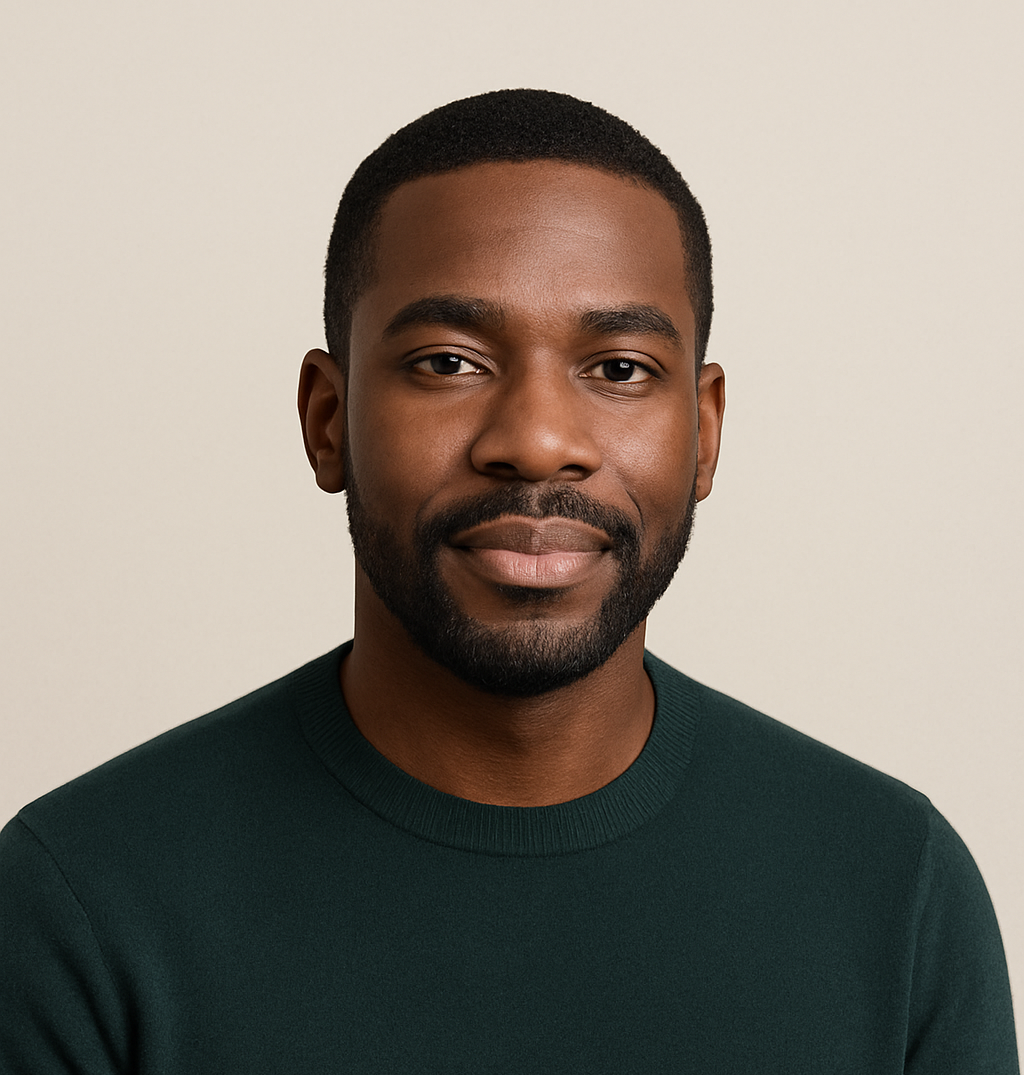
James Jenkins is a celebrated Pulitzer Prize-winning author whose work has reshaped the way readers think about social justice and human rights in America. Raised in Atlanta, Georgia, James grew up in a community that instilled in him both resilience and a strong sense of responsibility toward others. After studying political science and creative writing at Howard University, he worked as a journalist covering civil rights issues before dedicating himself fully to fiction. His novels are known for their sharp, empathetic portraits of marginalized communities and for weaving personal stories with broader political realities. Jenkins’s breakout novel, Shadows of Freedom, won national acclaim for its unflinching look at systemic inequality, while his more recent works explore themes of identity, resilience, and the fight for dignity in the face of oppression. Beyond his novels, James is an active public speaker, lecturing at universities and participating in nonprofit initiatives that support literacy and community empowerment. He believes that storytelling is a way to preserve history and inspire change. When not writing, James enjoys jazz music, mentoring young writers, and traveling with his family to explore cultures and stories around the world.
